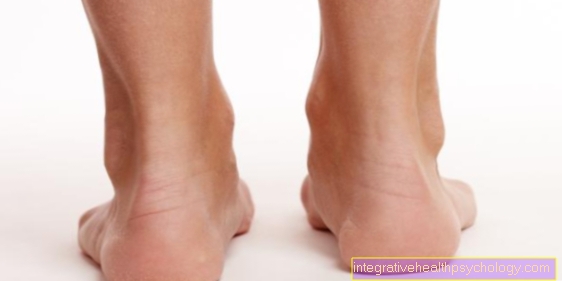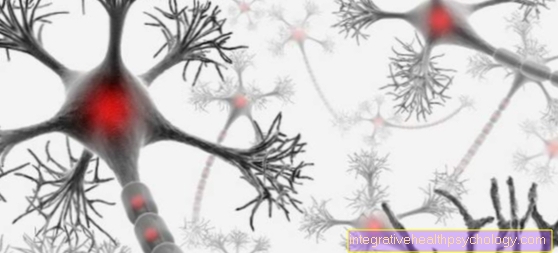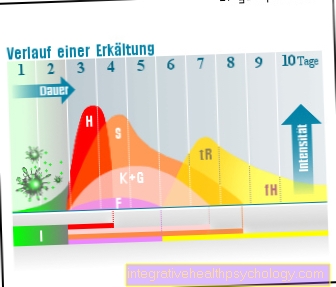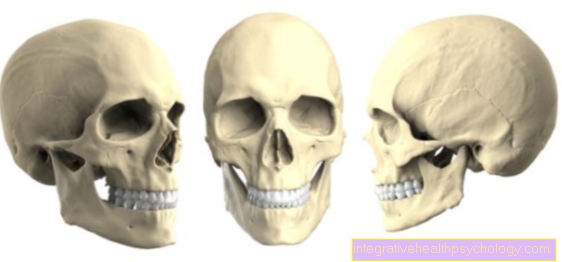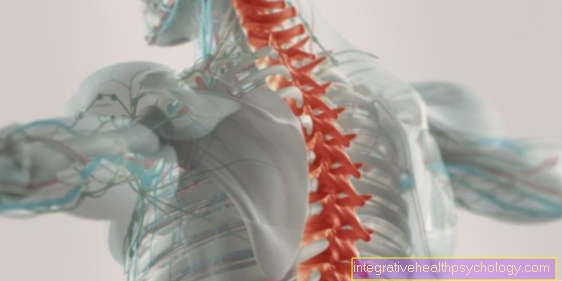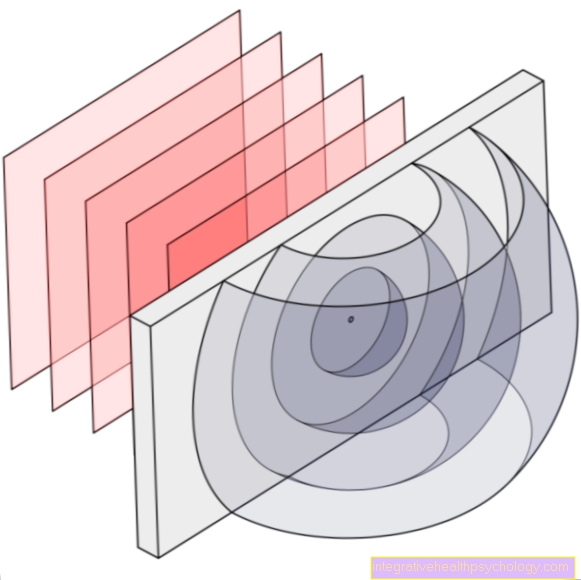Contact lens types
Synonyms in a broader sense
Sticky lenses, sticky cups, sticky glasses, glasses
engl .: contact lenses
Soft contact lenses
The soft contact lenses are made of flexible materials and lie directly on the cornea of the eye. Their diameter is slightly larger than that of the cornea so that they cannot slip or fall out. There are many different materials from which soft contact lenses are made, the main difference being the one Oxygen permeability, of the flexibility and handling and water content. Soft contact lenses are considered Daily lenses, Monthly lenses and Annual lenses available. In general, it can be said that the longer they can be worn, the higher the quality of the lenses. However, most daily lenses are much thinner than monthly lenses, for example, as they do not have to be so durable and flexible, which often means that they are better tolerated.
Hydrogel lenses

Soft contact lenses are often made from so-called hydrogels. These contact lenses are more permeable to oxygen the thinner and more water-containing they are. However, since very thin hydrogel lenses with a high water content are not dimensionally stable and very sensitive, there are limits to the thickness of the contact lenses.With many soft contact lenses, a high water content also means that water evaporates more easily. The consequence is that the Tear fluid sucked up by the contact lens and dry eyes result. Hydrogel lenses Hioxifilcon and G72HW absorb relatively little water and are therefore also suitable for dry eyes. Soft contact lenses made from Lidofilcon absorb a relatively large amount of water and are not for dry eyes suitable.
Silicone hydrogel lenses
These special soft contact lenses have one Core made of silicone and a coating of hydrogel. The silicone core makes them particularly permeable to oxygen, but they are too less flexible and are perceived by many wearers as more unpleasant than pure hydrogel lenses. All soft contact lenses currently available on the market that can also be worn at night are made of this material.
Dimensionally stable (hard) contact lenses

The dimensionally stable contact lenses are off harder plastics manufactured and not flexible in their shape, so they have to be perfectly adapted to be tolerated and not harm the eye. The diameter of dimensionally stable contact lenses is smaller than the corneal diameter, and the lens also rests on one Tear film and not directly on the cornea. On the one hand, this makes them ideal for slight irregularities in the corneal surface, and on the other hand, they do not adhere as well as soft contact lenses and can blow out of the skin with fast movements or strong winds eye fall. For people who move around a lot and do sports, are therefore more likely soft contact lenses suitable.
Since dimensionally stable contact lenses do not close the cornea and the tear fluid does well with the cornea oxygen and Nutrients care, they are significantly less risky than soft contact lenses. Dimensionally stable contact lenses usually last several years and are therefore significantly more expensive than soft contact lenses and therefore only for people with stable visual values suitable.
Toric contact lenses
Toric contact lenses are specially adapted lenses Astigmatism (astigmatism). Special values for Axis and cylinder needed. They must be worn in a specific position to compensate for the curvature of the cornea.
Coloured contact lenses

With the help of colored contact lenses, the natural color of the iris cover and thus the Change eye color. Colored contact lenses are soft contact lenses which correspond to the diameter of the iris. They are available as daily or monthly lenses. These contact lenses should also be worn by a Optician or ophthalmologist adjusted to prevent damage to the eye. With the so-called Scleral lenses it is motif lenses that cover the entire eyeball and make the iris appear very larger. They are not available in Germany as they can damage the eye.
Other forms of application
There is not an essential medical requirement for the use of contact lenses.
In some cases, wearing contact lenses is purely aesthetic. Colored contact lenses offer an option to supplement various disguises. Still, you should adhere to certain hygiene principles.
OK lenses
With OK lenses (Orthokeratology lenses) it is about hard contact lensesthat are worn overnight and change the curvature of the cornea so that during the day for several hours sharp vision without visual aid is possible. These lenses have to be made and adjusted by specialists and are significantly more expensive than normal dimensionally stable lenses. In certain professions (e.g. pilot) the wearing of OK lenses is not allowed, as the eyesight becomes unpredictably worse again and thus the driving ability may not be given.




